Revived Scout Motors reveals two all-electric utility vehicle concepts
As Scout throws the covers off its debut Traveler SUV and Terra truck concepts, Wallpaper* speaks to its chief design officer Chris Benjamin about the reborn brand
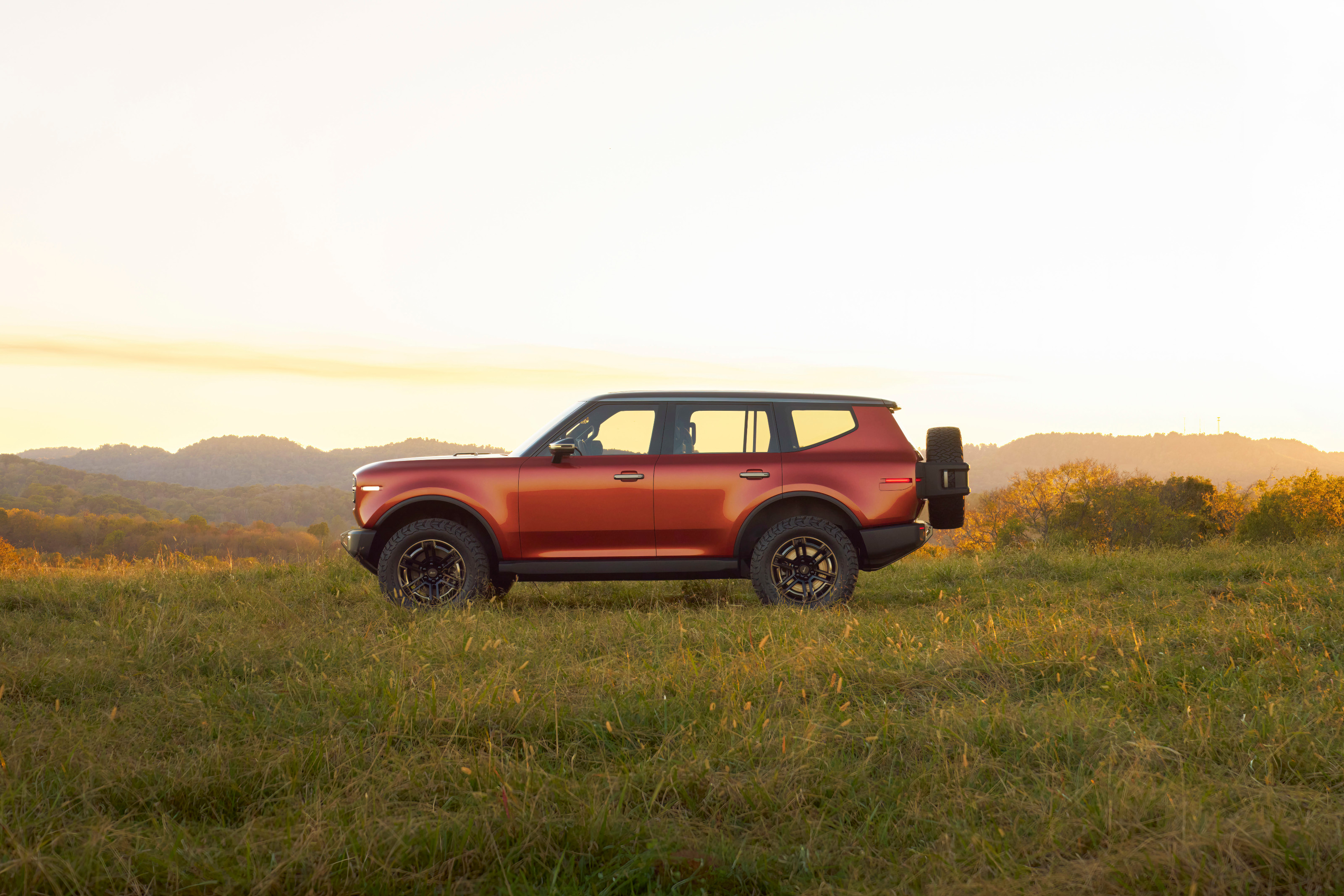
Scout won’t be hugely familiar name to European car buyers. The name languished in VW’s ample IP portfolio for a few years, acquired via another subsidiary, and traces its origins back to a side hustle set up by agricultural machinery specialist International Harvester. Back in 1961, International Harvester created the International Scout, intended as a direct competitor to Jeep.
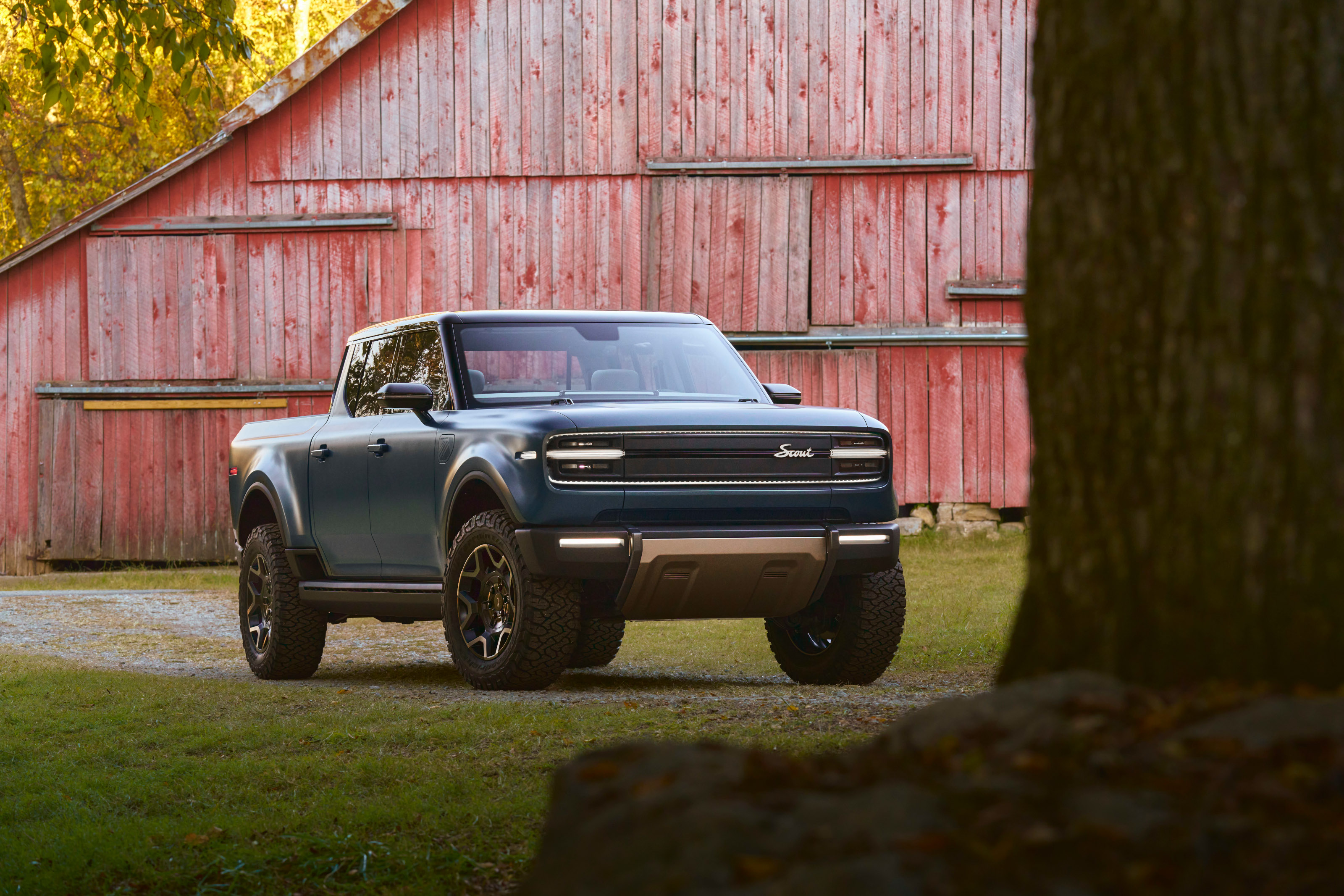
Scout Terra concept
Based in Fort Wayne, Indiana, International Scout made two products, a proto-SUV and a pick-up truck. Production ended by 1980, by which time Land-Rover had introduced its original Range Rover and established that robust but comfortable off-roaders could be made into highly desirable passenger cars.
The rest is history, as they say, but it’s worth noting that Scout’s mechanicals, through its collaboration with maverick Swiss designer Peter Monteverdi, formed the basis of the modern ultra-luxury SUV segment, with the hand-built, Scout-based Monteverdi Sahara that was made in Switzerland from 1976 to 1982.
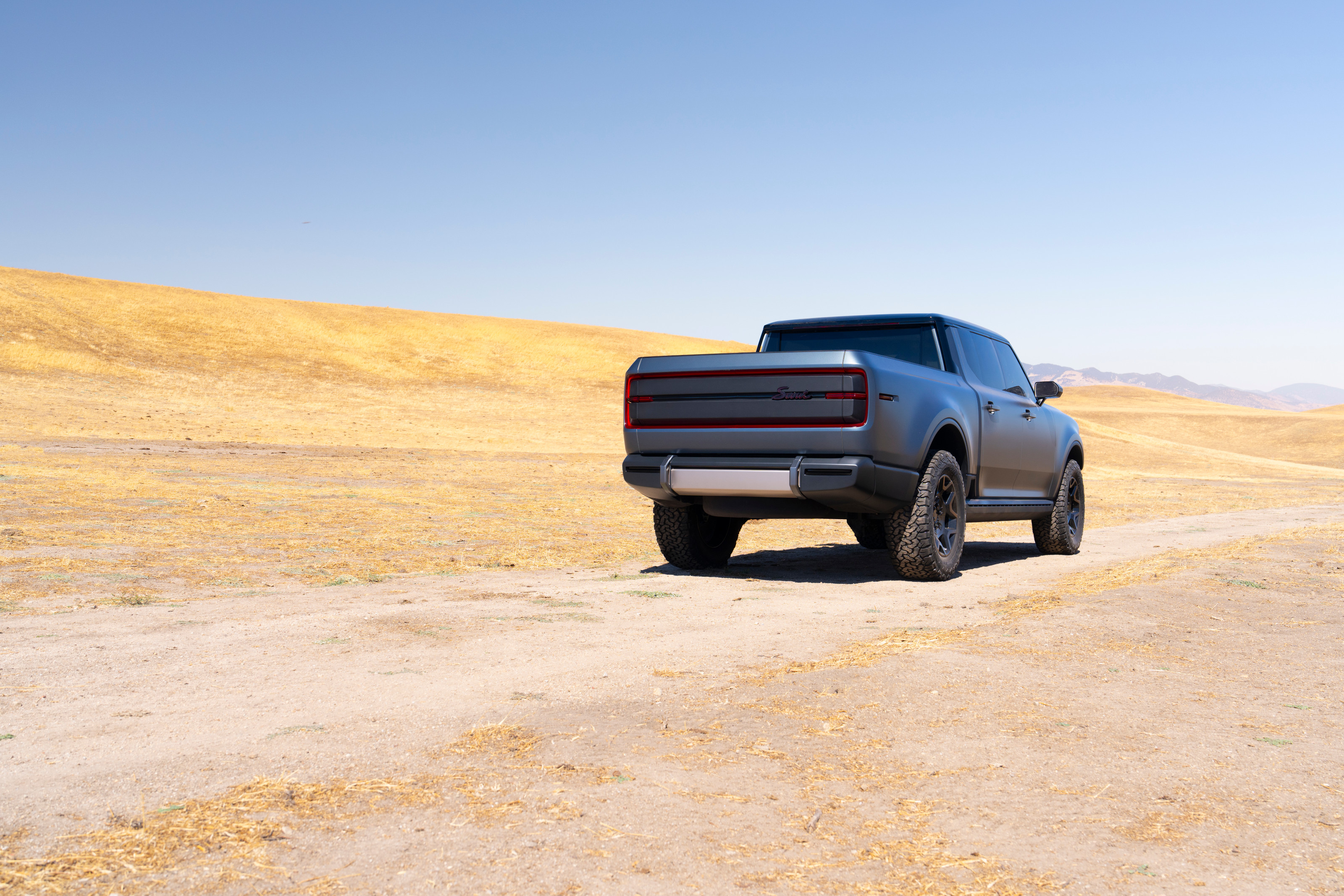
Scout Terra concept
The Scout aesthetic ethos was always surprisingly ahead of its time, with a pared-back, upright vehicle without unnecessary frippery or decoration and a sense of purpose and utility.
For Volkswagen, mindful of the blossoming American market for all-electric SUVs, reviving the Scout nameplate is an innovative way of ticking a few boxes in an uncertain auto market and getting as close to a sure thing as possible: an American-branded and -built electric SUV with a sturdy, old-school design approach that gives a fond nod to a well-remembered heritage.
‘It’s not a self-driving spaceship – it’s a real vehicle’
Scout’s chief design officer Chris Benjamin
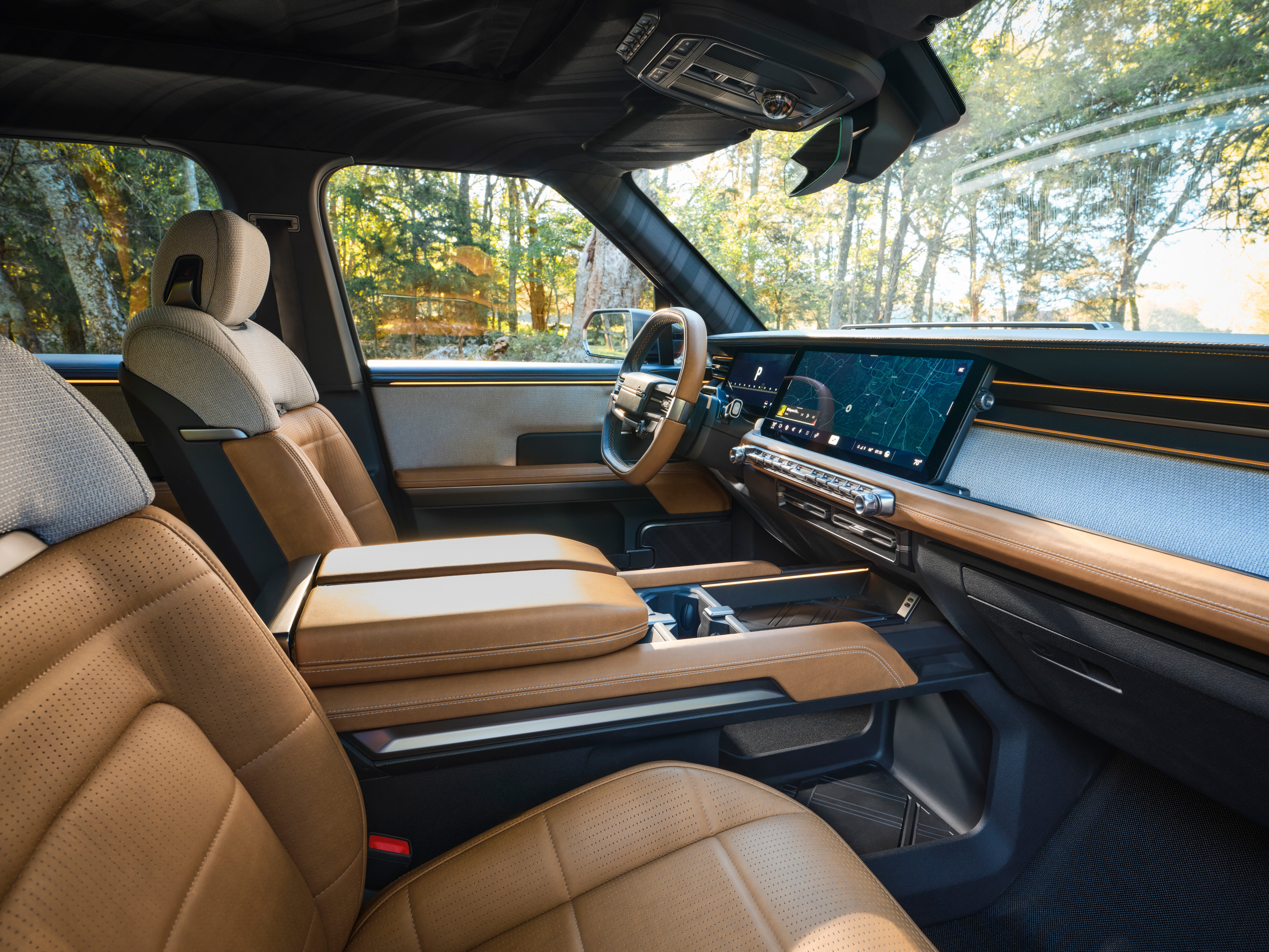
Scout Traveler interior
The ethos of the new brand (‘Scouts always come back’) is to be practical, fast, and capable. It is complete with high-rated towing capability (up to 10,000 pounds for the Terra), front and rear cargo areas, and the ability to power multiple devices up to and including heavy-duty power tools, including your own home appliances.
Each model should be good for a range of around 350 miles, while Scout will also offer an optional built-in gas-powered range extender to take the total range over 500 miles. On top of all this, Scout wants to bypass the dealer network and sell directly to customers.
Wallpaper* Newsletter
Receive our daily digest of inspiration, escapism and design stories from around the world direct to your inbox.
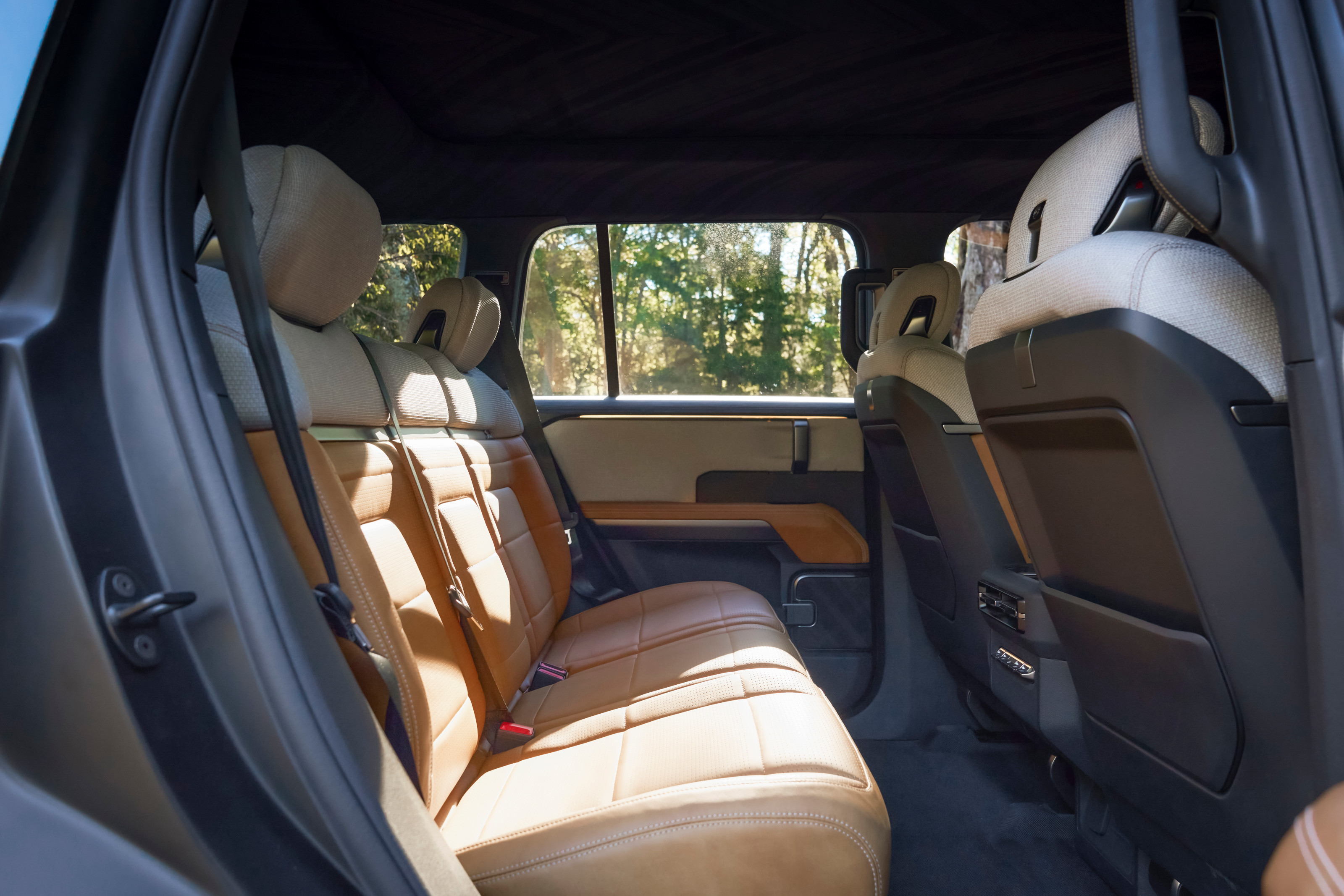
We’re still at least two years from seeing the first Scouts in customers’ hands, with production scheduled to start in Columbia, South Carolina, in 2027. By that point, politics will have moved on in an unfathomable and unknowable way, so here's hoping Scout can go the distance.
Wallpaper* spoke to the company’s chief design officer Chris Benjamin about Scout, who the brand is for and what it means. Benjamin joined the company last summer and has been closely involved in bringing the Scout Traveler and Terra concepts to life.
Inside the design of the Scout Traveler and Terra concepts
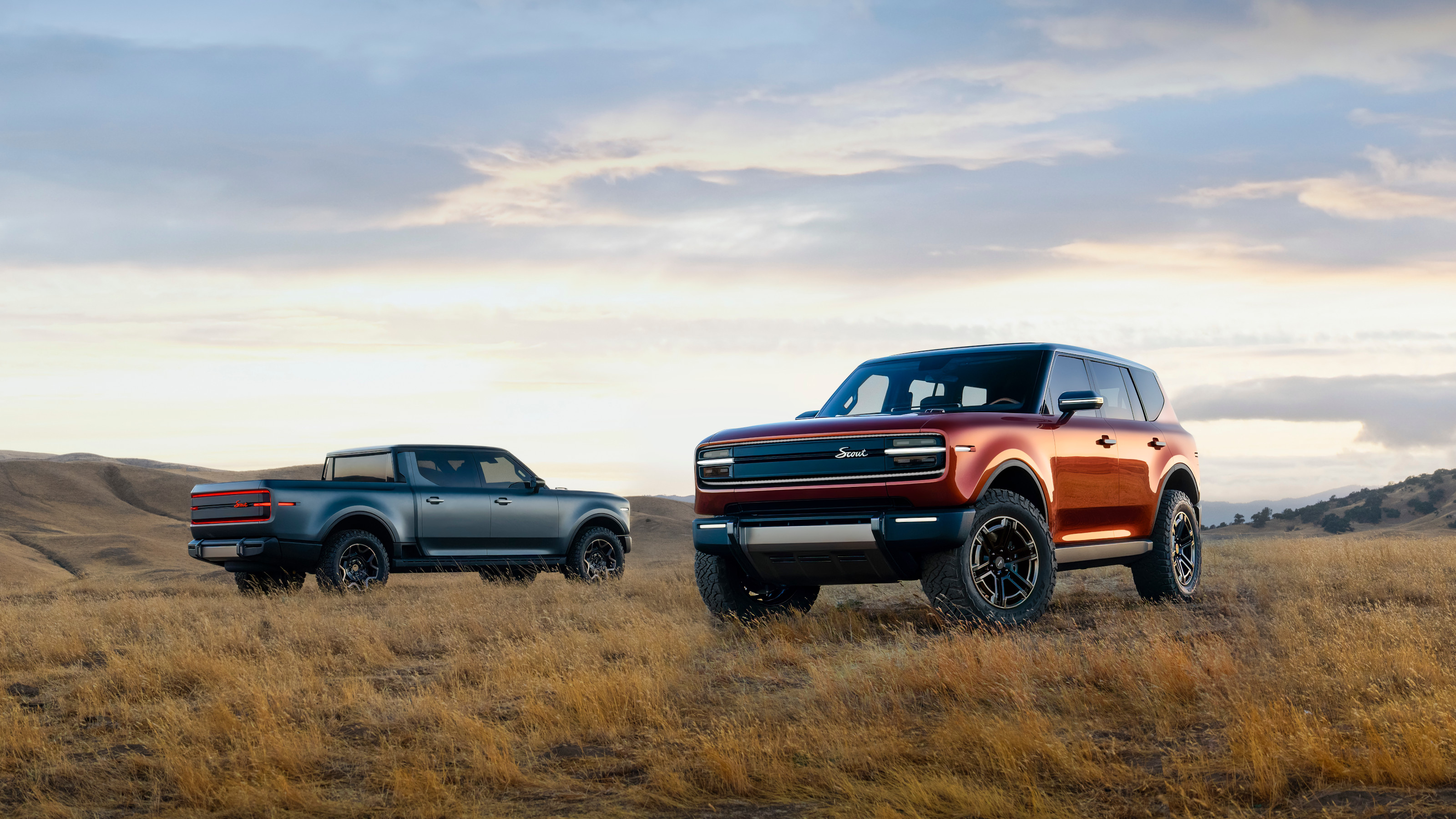
Scout Terra and Scout Traveler concepts
Wallpaper*: What can you tell us about the return of the Scout brand?
Chris Benjamin: I’ve been looking at the legend that Scout created in the 1960s and 1970s and what the company stood for. Then we studied what has followed in the 44 years since.
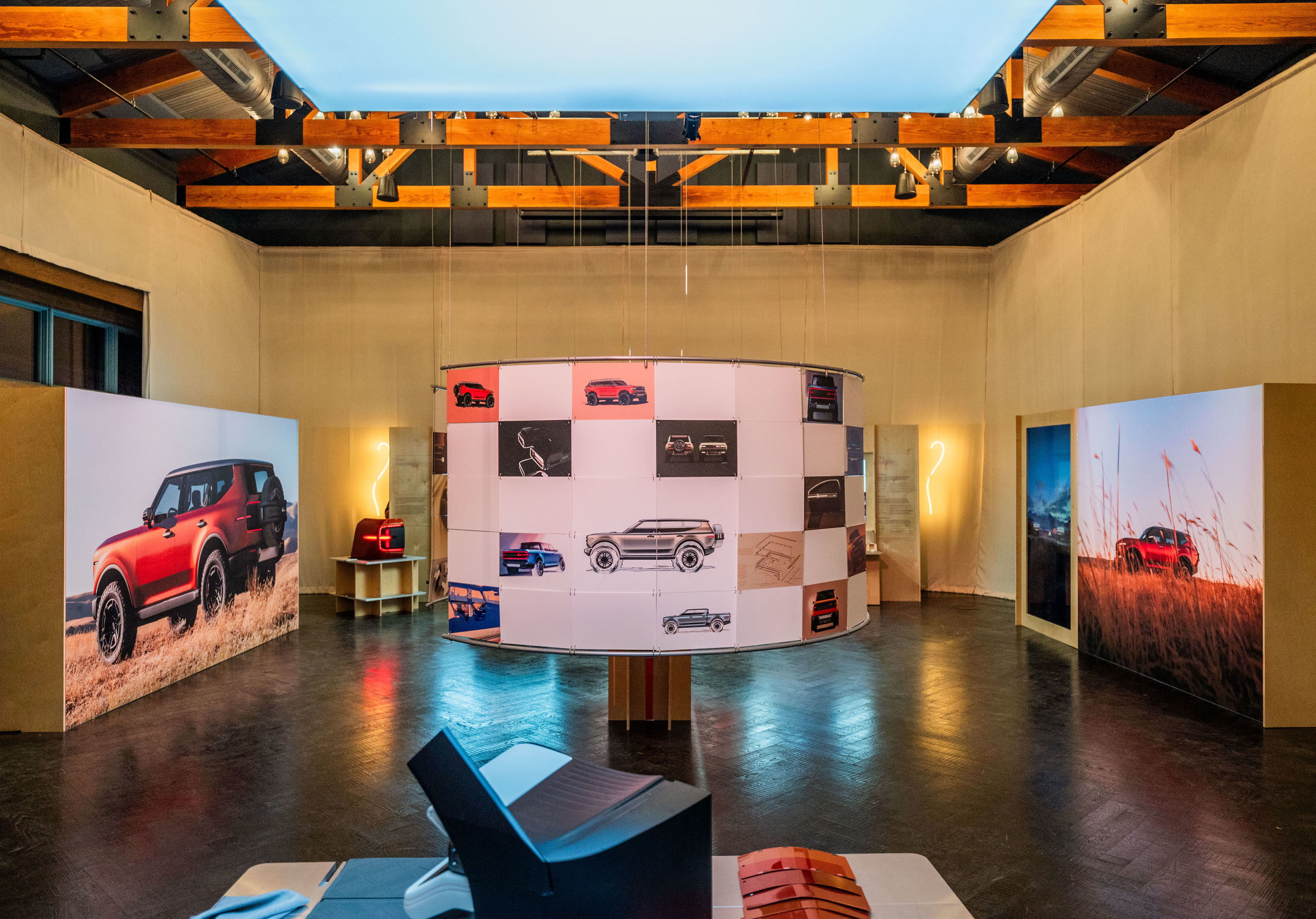
The Studio, a space showcasing the Scout Motors design ethos, accessories and style
W*: What did you conclude the role of Scout should be today?
CB: It should be an instantly recognisable vehicle. I don’t like to use the ‘retro’ word, but to say this is a retro-futurist SUV sums it up. It’s not a self-driving spaceship – it’s a real vehicle.
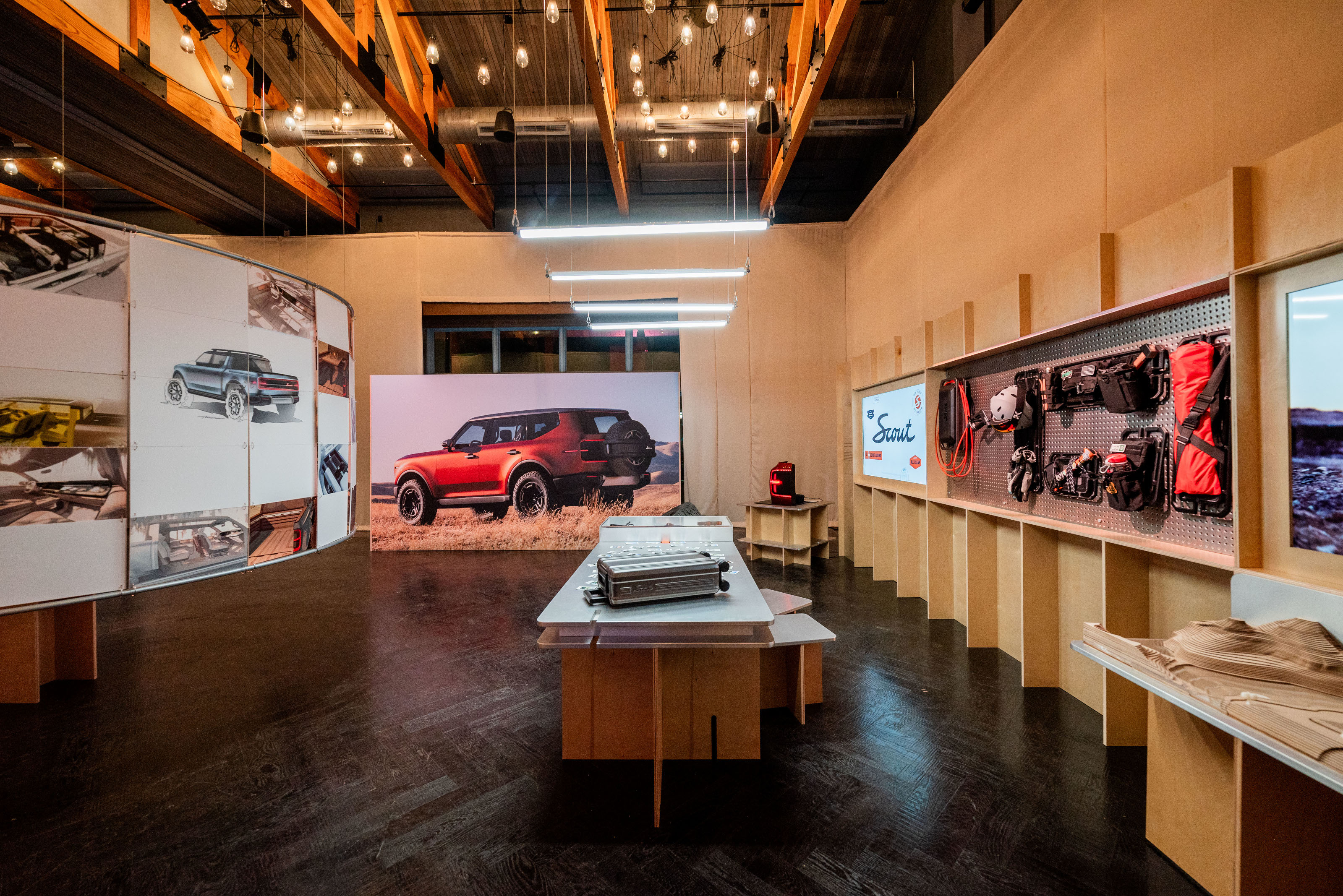
The Studio
W*: Do you think it’s what people want from a modern EV?
CB: Designers felt that they had to do something different with EVs, and making things different was a craze across the industry. We’ve gone for something that’s timeless instead.
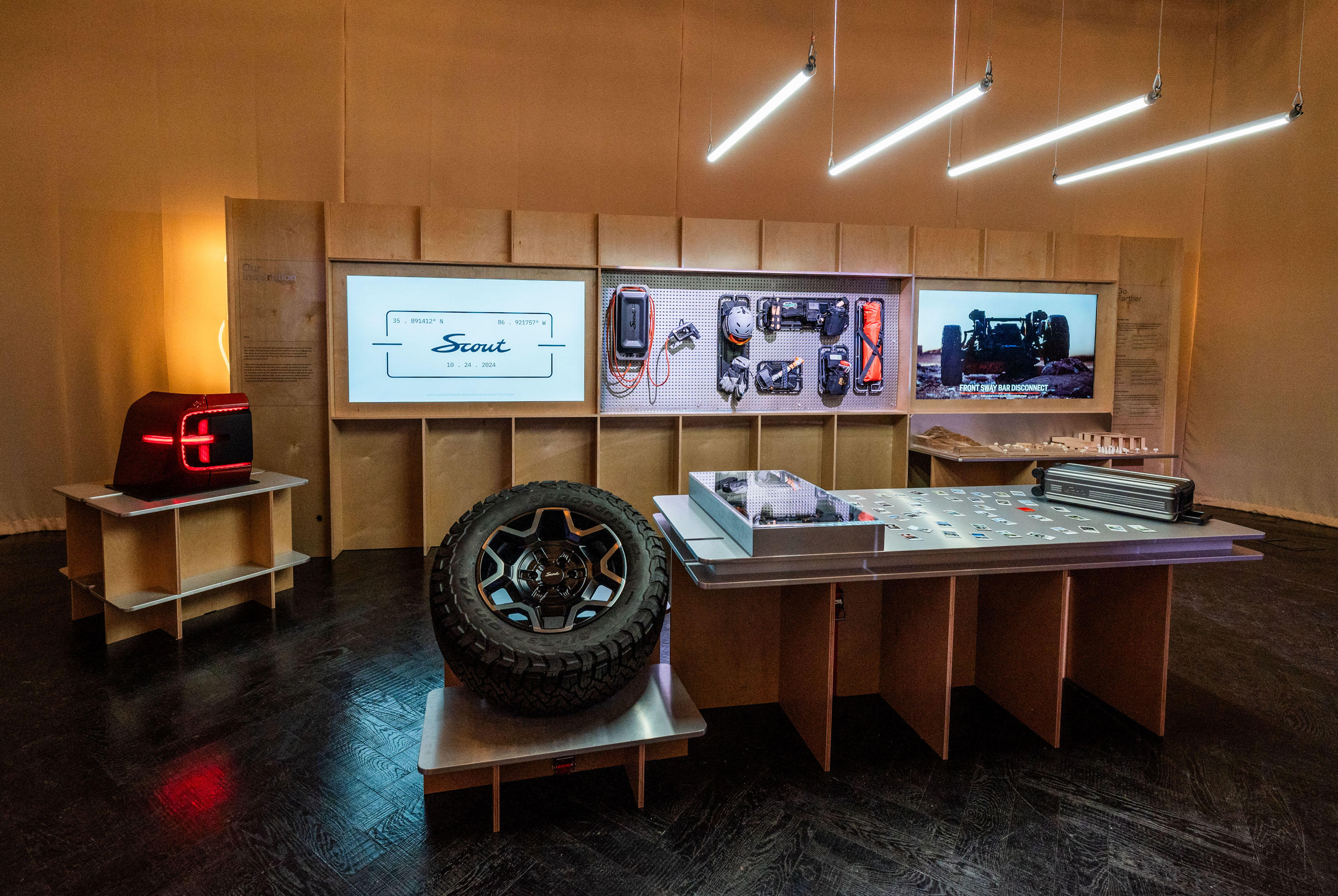
The Studio
W*: Would you say that Rivian has forged a path for Scout?
CB: In some ways, yes. People didn’t naturally associate EVs with trucks and Rivian really helped create that association. You have the Ford F150 Lightning as well. But I have an almost allergic reaction to anything that looks and feels like anything that’s already been done. As a designer, I take pride in creating something unique.
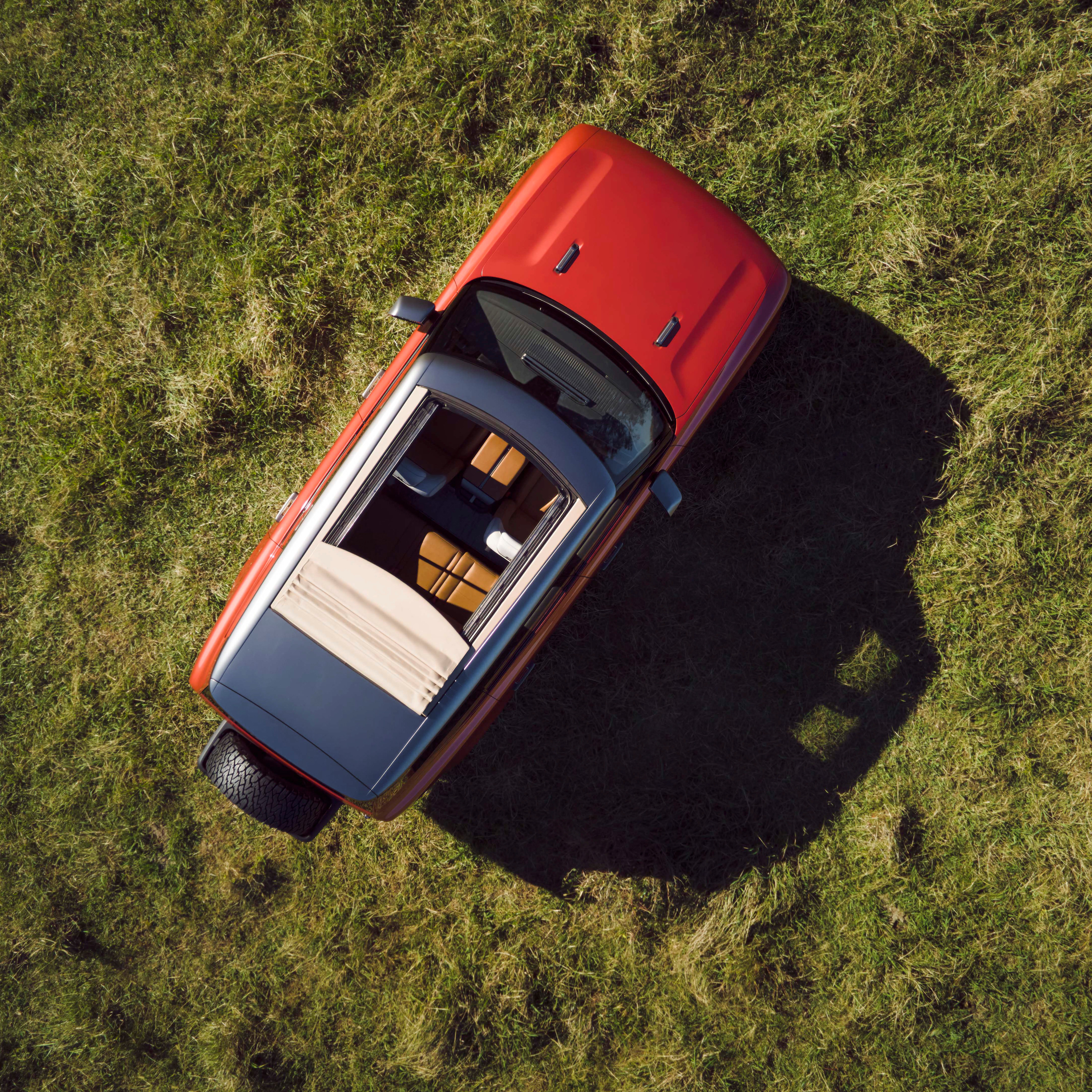
Scout Traveler concept
W*: Tell us about the interior approach of the new Scout concepts?
CB: If you set out to design a concept car, it’s often quite hard to capture some of its essence when you get to production. We did it the other way around, which is why these interiors are so close to how the production cars are going to be, from the door handles to the switchgear, the screens. It’s how we intend to create it.
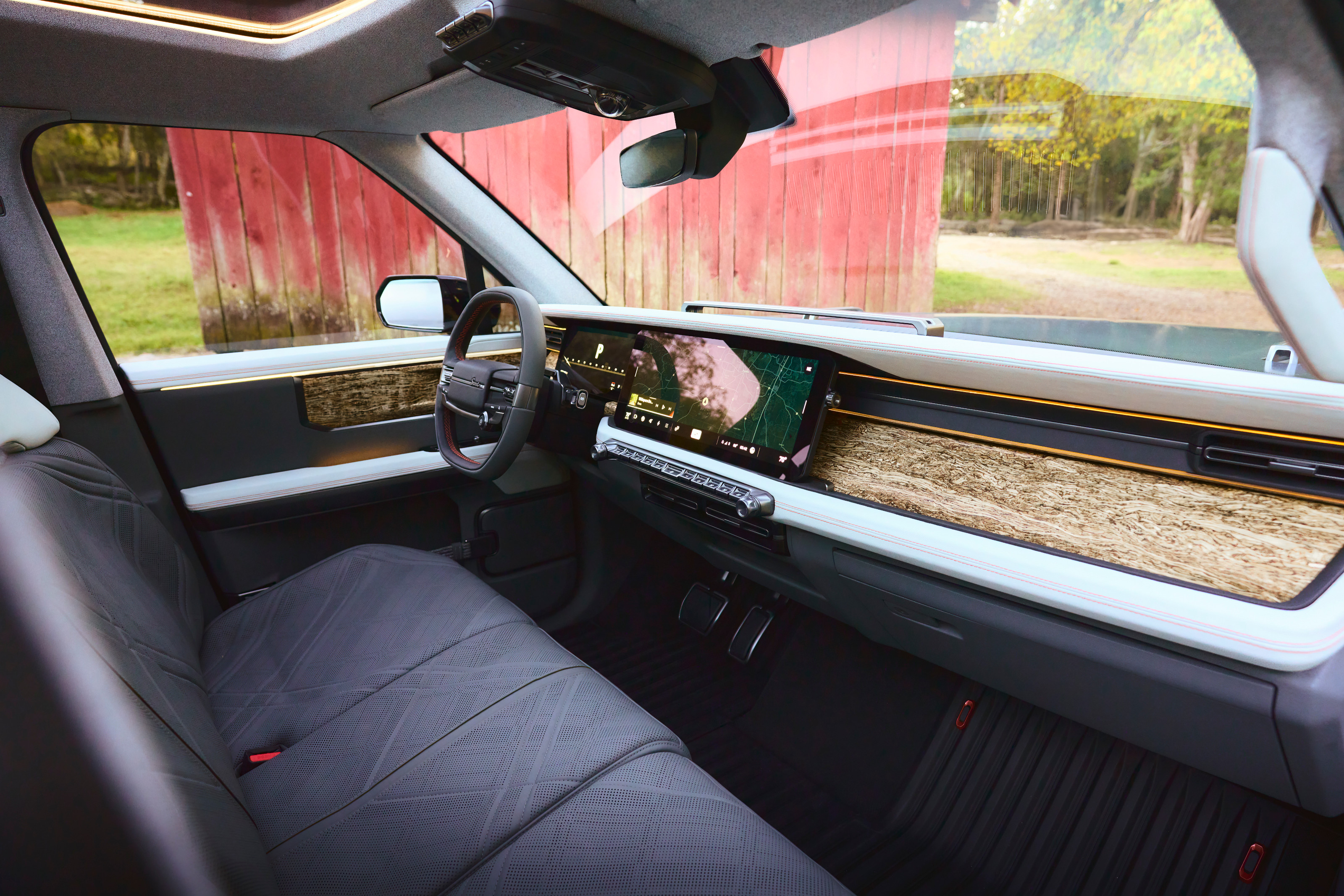
Scout Terra Interior, complete with bench seat
W*: It seems like there’s a more analogue approach than over EVs.
CB: Yes, it’s robust and chunky. We have tactile door handles with mechanical latches. There’s so much digitisation these days that we’re losing that human quality. Especially in terms of switchgear.
I know for a fact because I’ve been working with our interior team on our HMI [Human Machine Interface] and you can see the way people behave differently [with physical switches]. There’s something to be said for muscle memory, when you just know where the volume knob is.
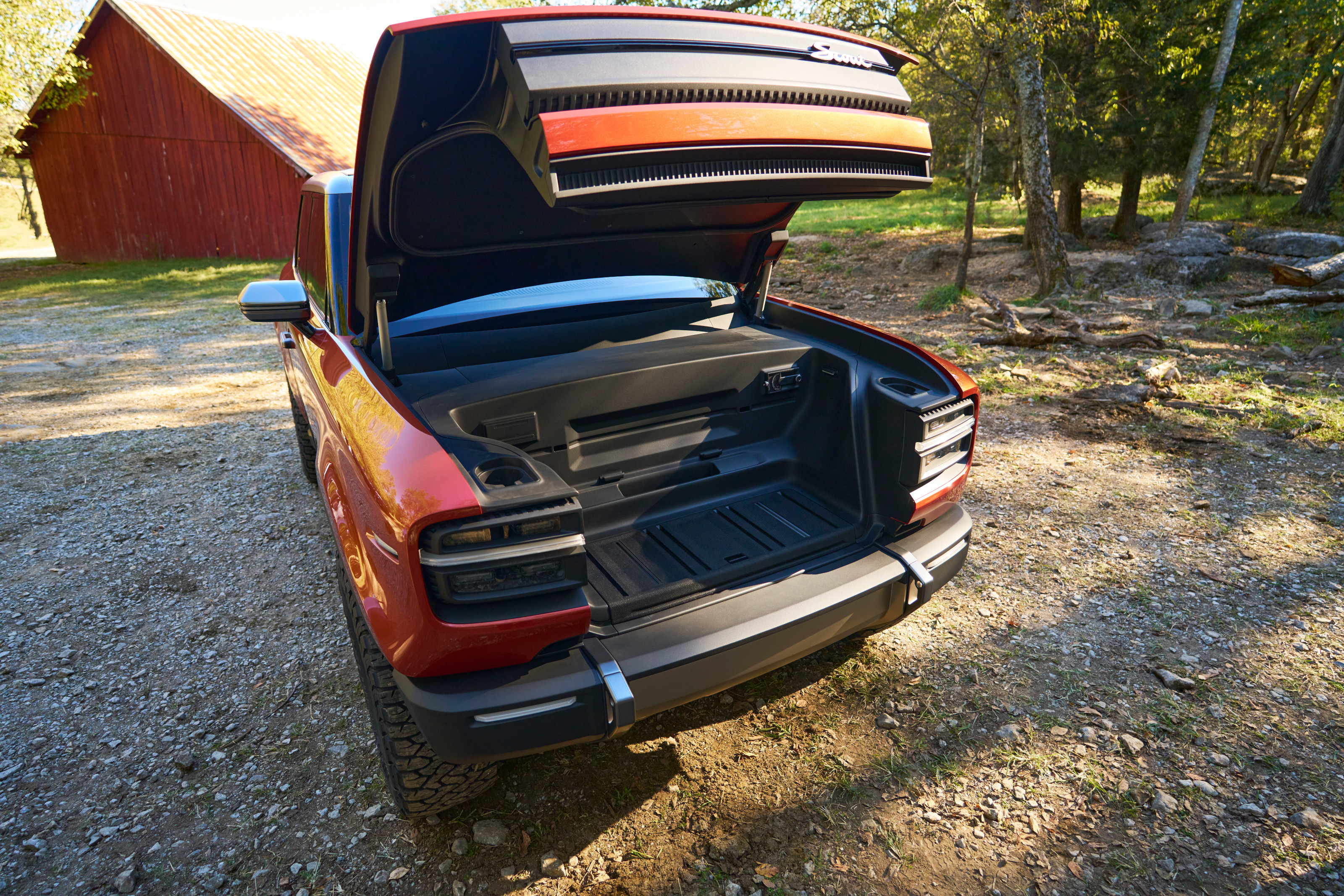
The Traveler's capacious frunk has space for the all-important golf bags
W*: What about the relationship between interior design and the off-road focus of the cars?
CB: I’ve been to Moab [in Utah]. I’ve driven the Rubicon Trail [in the Sierra Nevada]. A lot of my team are into off-roading, as well as camping and hiking. They live that lifestyle. We’ve thought about the design and functionality of the cars accordingly. You don’t want to have to take your gloves off to use the big-ticket items, for example. It’s all there physically.
On the flipside, we didn’t want to create a lot of black plastic switches in the interior. Instead, we have HVAC functions located in the middle bank of controls, with off-road related functions located on the overhead bank of switchgear.
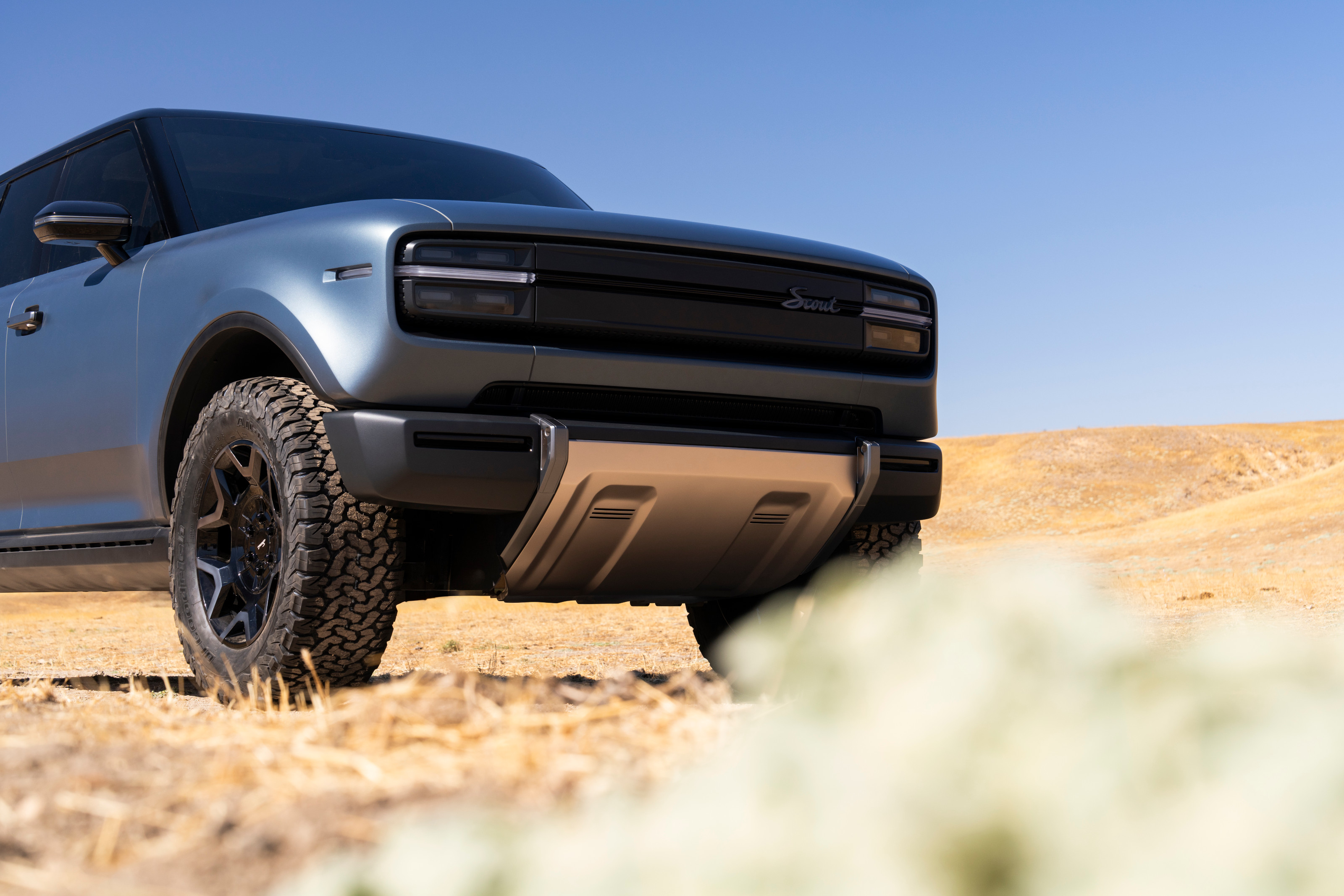
Both Scouts will be designed for off-roading ability
W*: Will there be Scout-related accessories?
CB: We’re planning a full range, just what you’d expect to find. From utility boards for different activities, like hiking and snowboarding, with different load-out configurations, to roof racks, additional bumpers, etc. These are the things that are brand-defining.
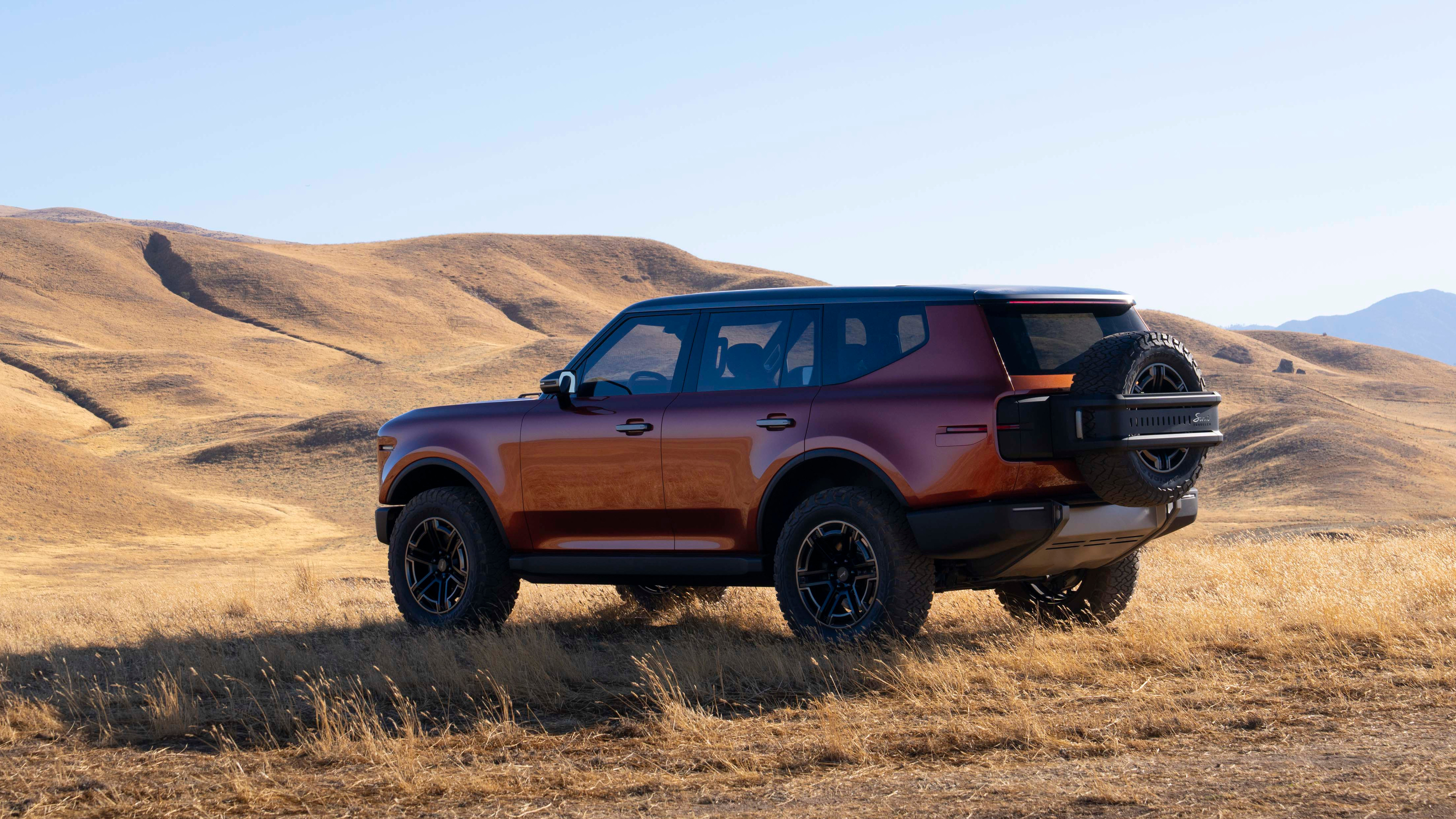
The Scout Traveler concept
Scout Motors reservations open now. Target retail prices for the Scout Traveler start at $60,000, with the Terra at $51,500, ScoutMotors.com, @Scout_Motors
Jonathan Bell has written for Wallpaper* magazine since 1999, covering everything from architecture and transport design to books, tech and graphic design. He is now the magazine’s Transport and Technology Editor. Jonathan has written and edited 15 books, including Concept Car Design, 21st Century House, and The New Modern House. He is also the host of Wallpaper’s first podcast.
-
 Put these emerging artists on your radar
Put these emerging artists on your radarThis crop of six new talents is poised to shake up the art world. Get to know them now
By Tianna Williams
-
 Dining at Pyrá feels like a Mediterranean kiss on both cheeks
Dining at Pyrá feels like a Mediterranean kiss on both cheeksDesigned by House of Dré, this Lonsdale Road addition dishes up an enticing fusion of Greek and Spanish cooking
By Sofia de la Cruz
-
 Creased, crumpled: S/S 2025 menswear is about clothes that have ‘lived a life’
Creased, crumpled: S/S 2025 menswear is about clothes that have ‘lived a life’The S/S 2025 menswear collections see designers embrace the creased and the crumpled, conjuring a mood of laidback languor that ran through the season – captured here by photographer Steve Harnacke and stylist Nicola Neri for Wallpaper*
By Jack Moss
-
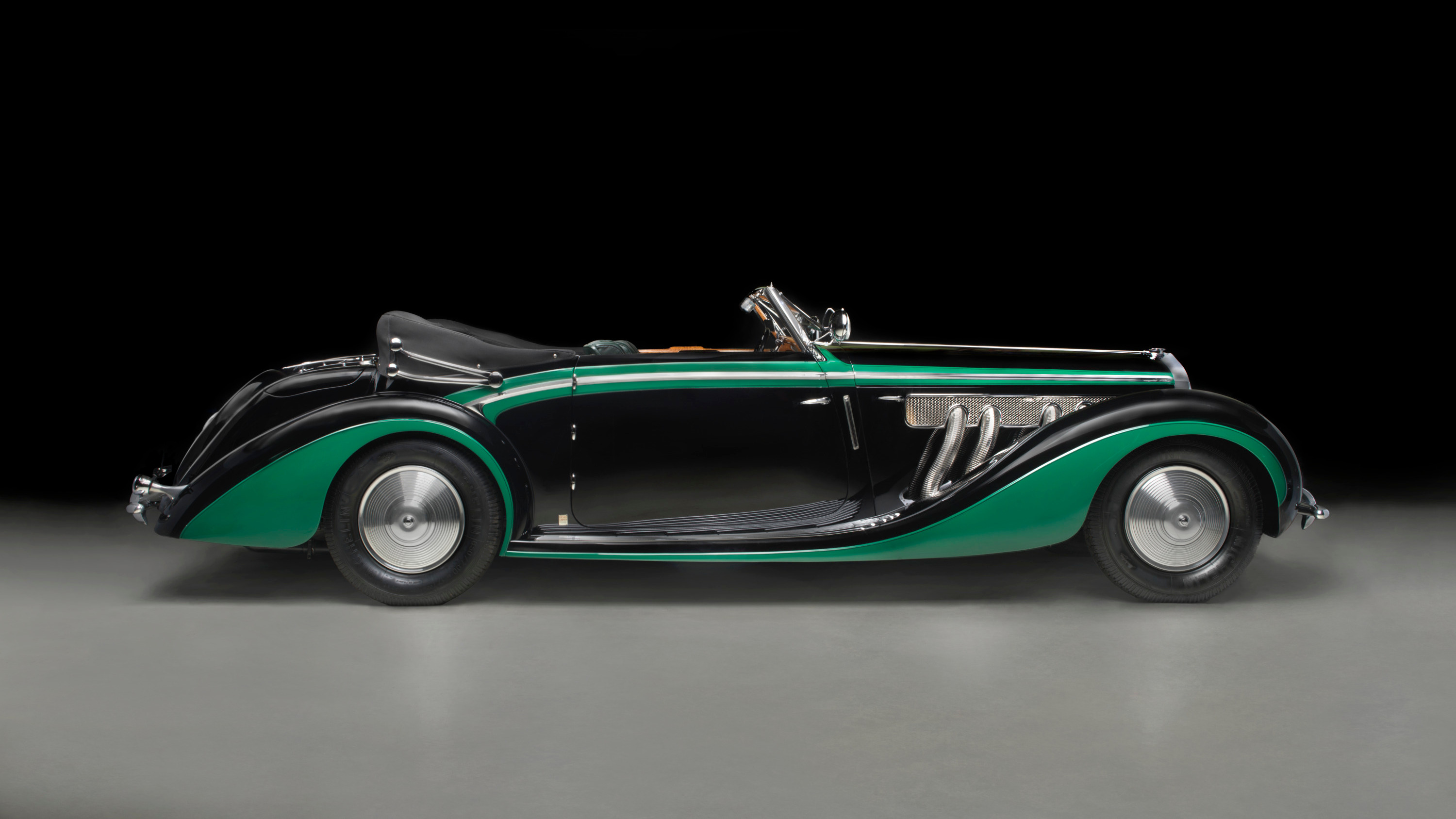 A new show in Saint Louis promises a rare combination of art, cars and elegant fashion
A new show in Saint Louis promises a rare combination of art, cars and elegant fashion‘Roaring: Art, Fashion, and the Automobile in France, 1918-1939’ celebrates a golden age of creativity, showcasing ten unique cars alongside the cream of the era’s style
By Jonathan Bell
-
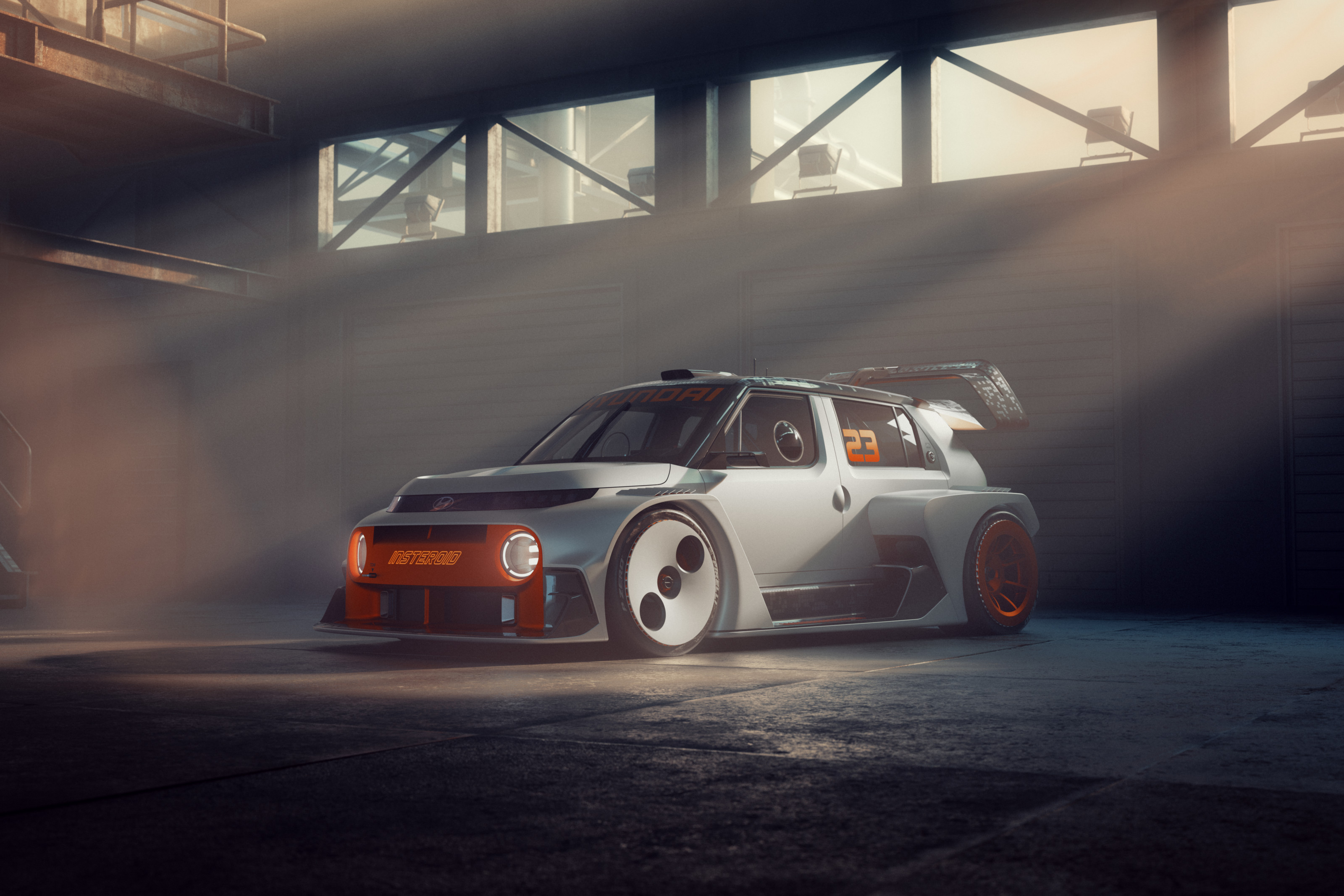 2025 Seoul Mobility Show report: all that's new and notable
2025 Seoul Mobility Show report: all that's new and notableOpened at a time of high national drama, the 2025 Seoul Mobility Show has gone on to underscore Korea’s place at the cutting edge of the auto industry. Guy Bird was there
By Guy Bird
-
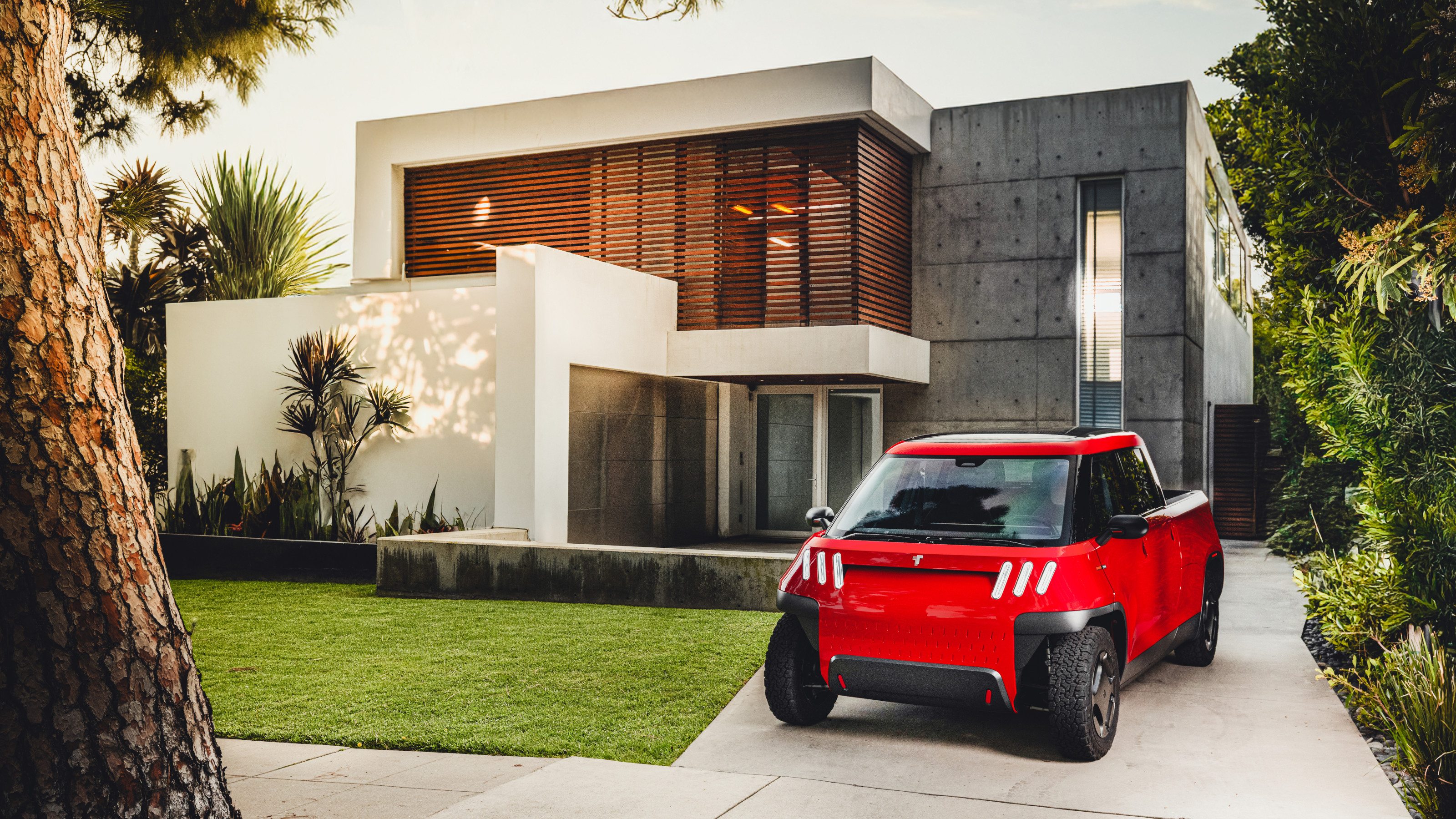 Meet the final drivable prototype of the Telo MT1 pickup truck, shaped by Fuseproject
Meet the final drivable prototype of the Telo MT1 pickup truck, shaped by FuseprojectThe Telo MT1 is a modestly scaled EV that turns the traditional all-American approach to pick-up truck design on its head
By Jonathan Bell
-
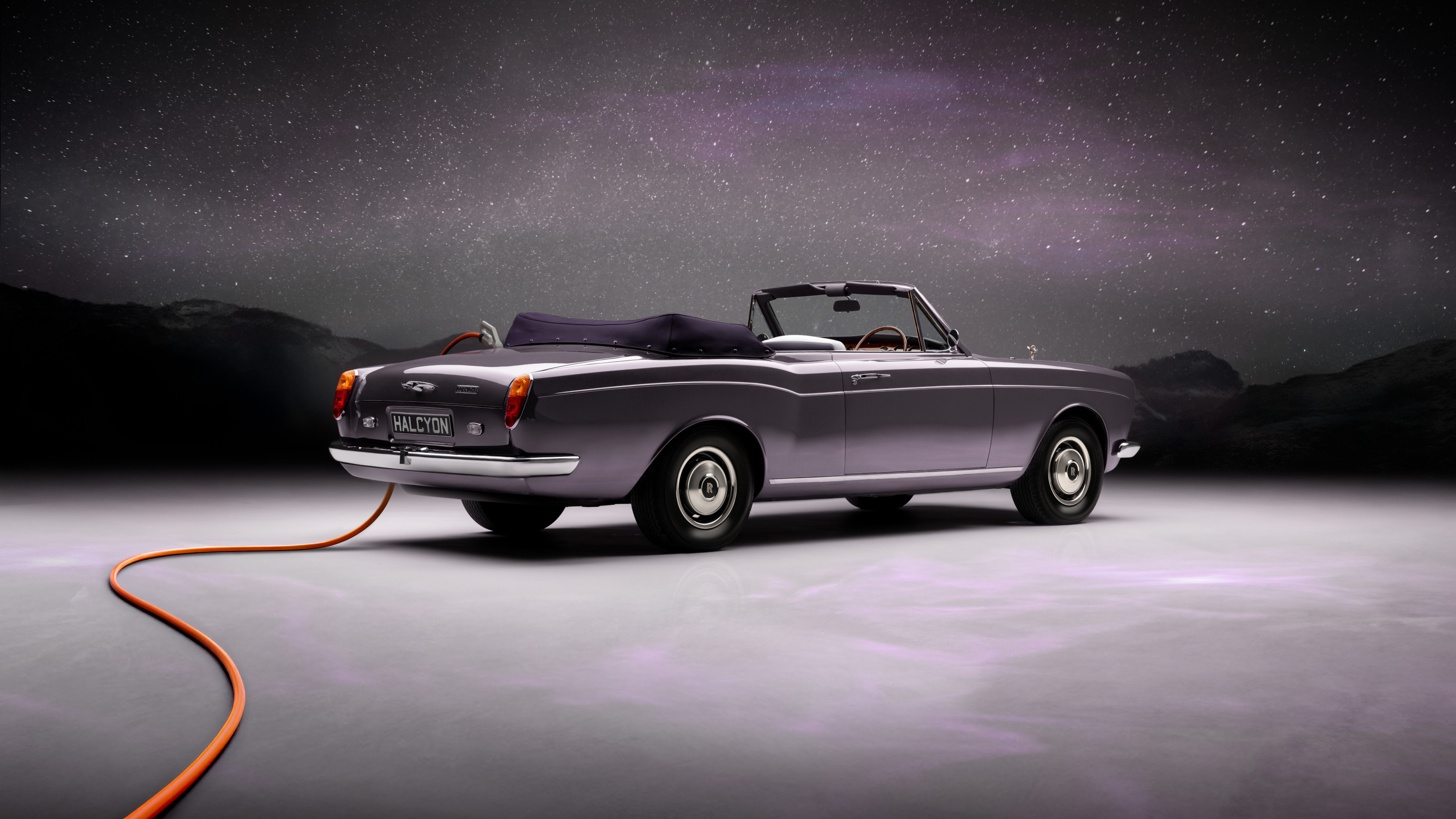 EV start-up Halcyon transforms a classic 1970s Rolls-Royce into a smooth electric operator
EV start-up Halcyon transforms a classic 1970s Rolls-Royce into a smooth electric operatorThis 1978 Rolls-Royce Corniche is the first fruit of a new electric restomod company, the Surrey-based Halcyon
By Jonathan Bell
-
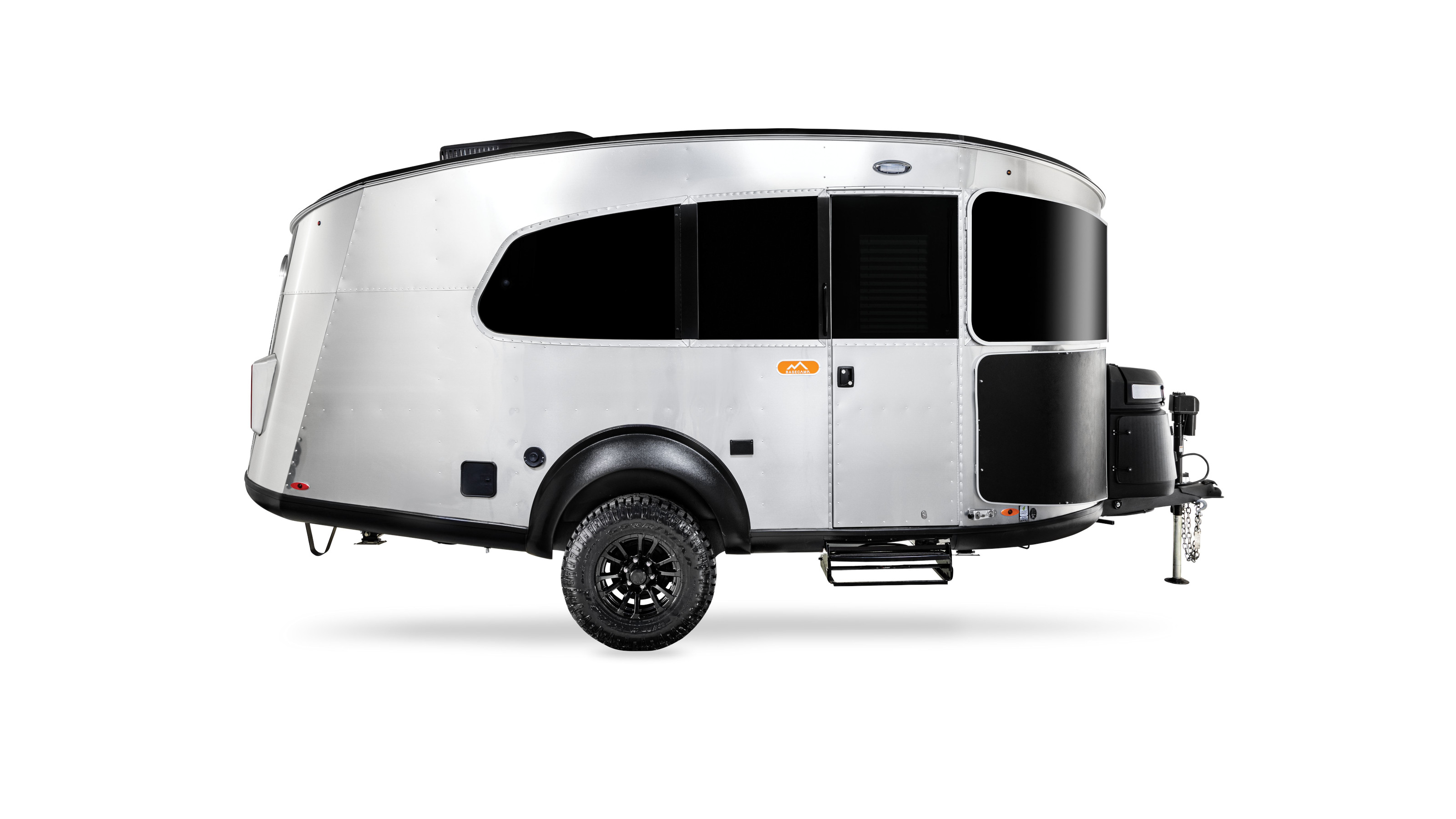 Airstream goes all-electric with a travel trailer designed for zero-emission off-grid exploration
Airstream goes all-electric with a travel trailer designed for zero-emission off-grid explorationThe new Airstream Basecamp 20Xe travel trailer offers spacious accommodation and a full suite of facilities, wherever you decide to set up camp
By Jonathan Bell
-
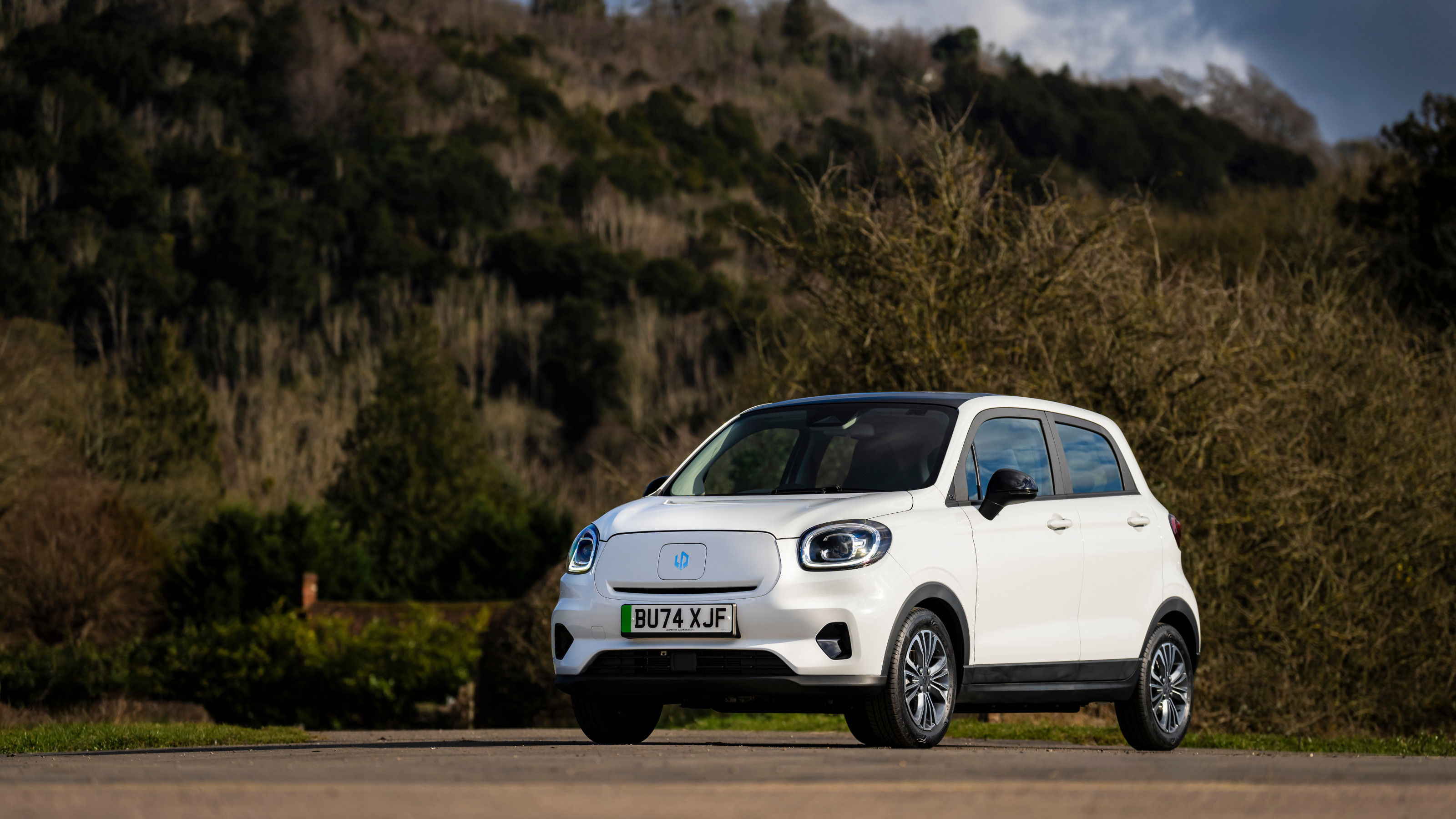 China’s Leapmotor pounces on the European car market with its T03 city car and C10 SUV
China’s Leapmotor pounces on the European car market with its T03 city car and C10 SUVLeapmotor’s tiny electric city car could be just the tonic for cramped urban Europe. We sample the T03 and its new sibling, the fully loaded C10 SUV, to see if the company’s value proposition stacks up
By Jonathan Bell
-
 Wallpaper* takes the wheel of the Bentley Blower Jnr for a rich automotive experience
Wallpaper* takes the wheel of the Bentley Blower Jnr for a rich automotive experienceHedley Studios has shrunk the mighty Bentley Blower into this all-electric, road-legal barnstormer. We take it to the streets of London
By Jonathan Bell
-
 We are the world: Pininfarina’s ‘Orbis’ taps Papal support for an eco-friendly agenda
We are the world: Pininfarina’s ‘Orbis’ taps Papal support for an eco-friendly agendaThe Orbis is a ‘symbolic object’, a gift to Pope Francis from the Italian design agency at a time of political upheaval and social fracture around all aspects of sustainability
By Jonathan Bell